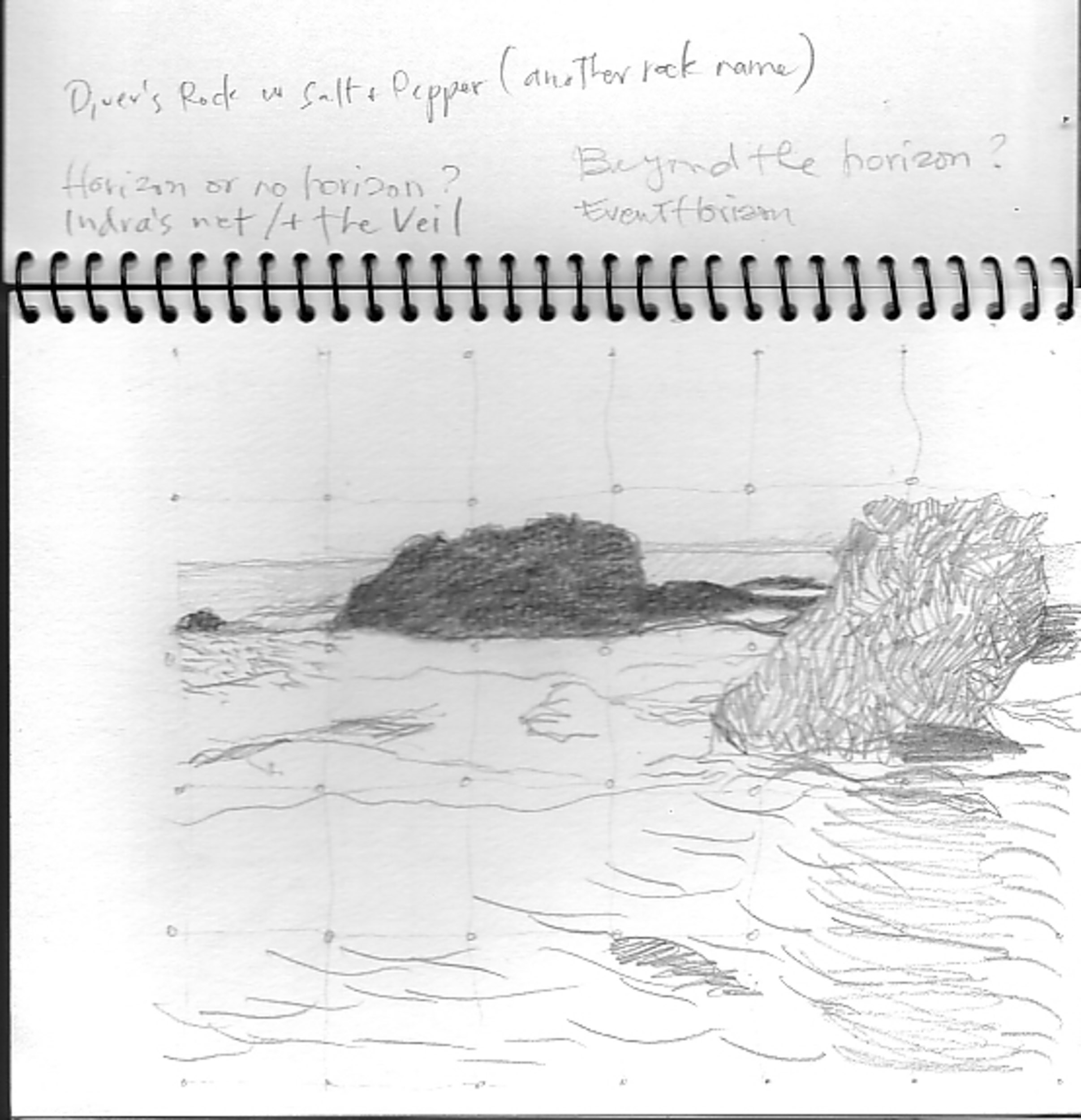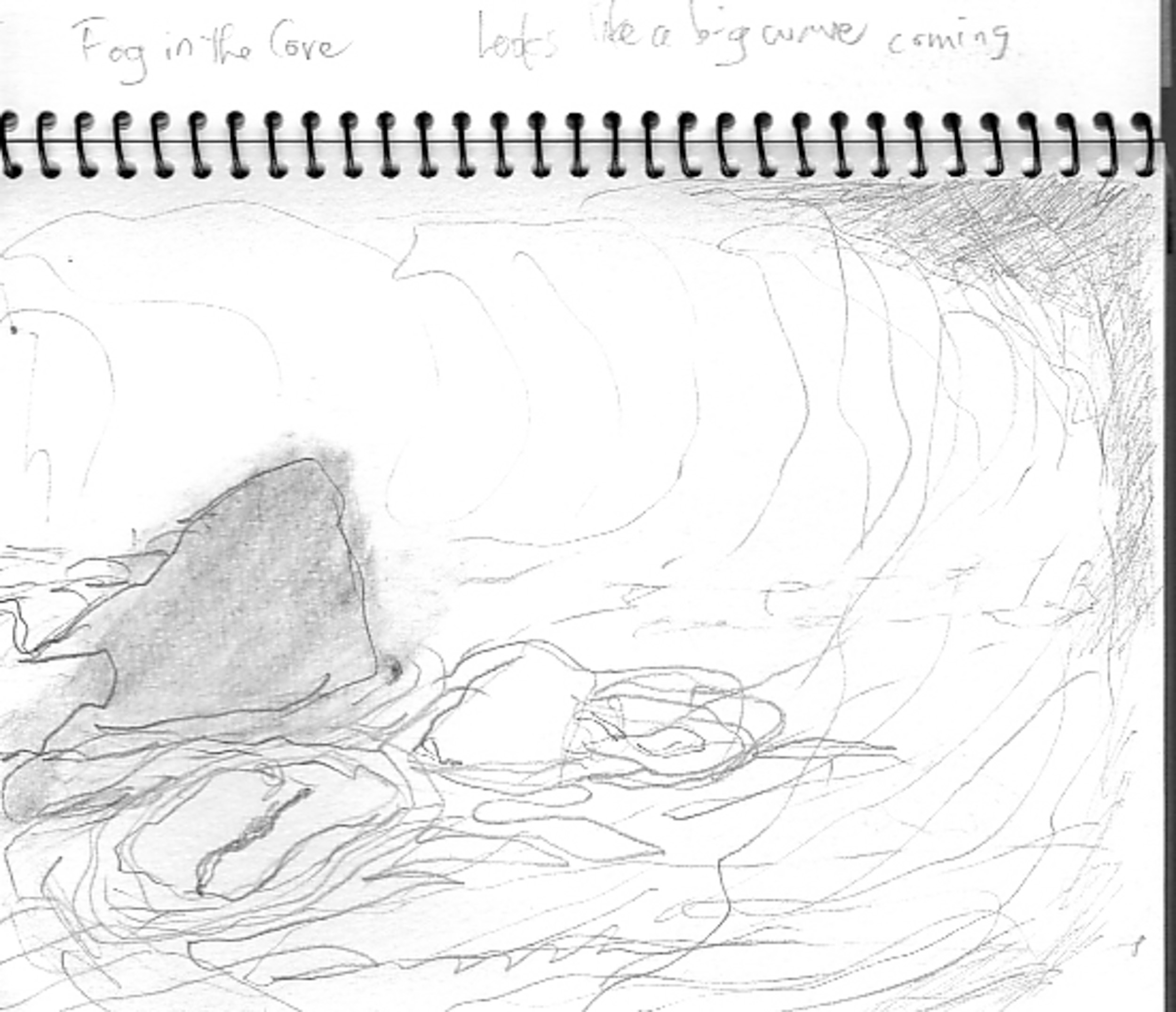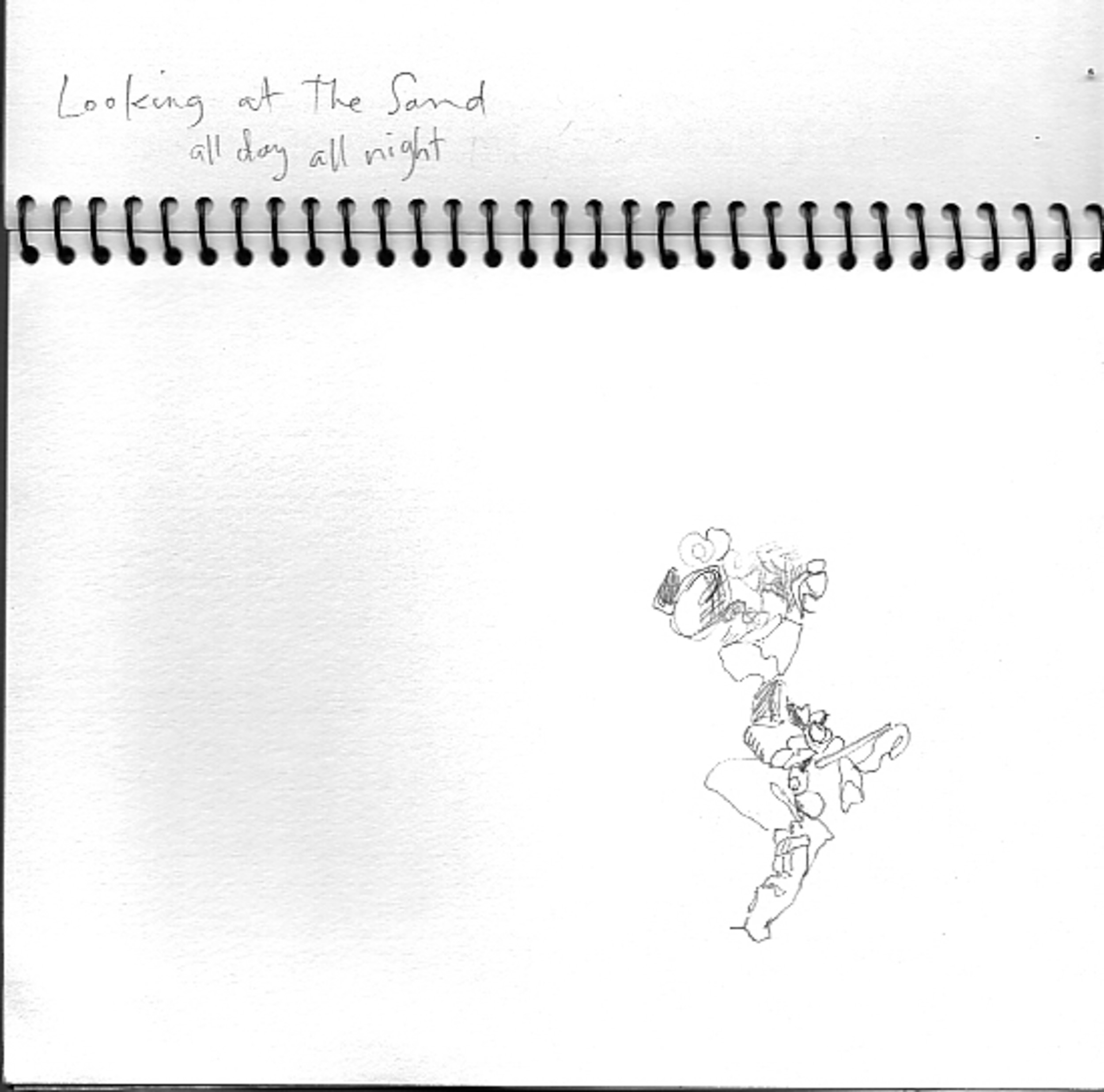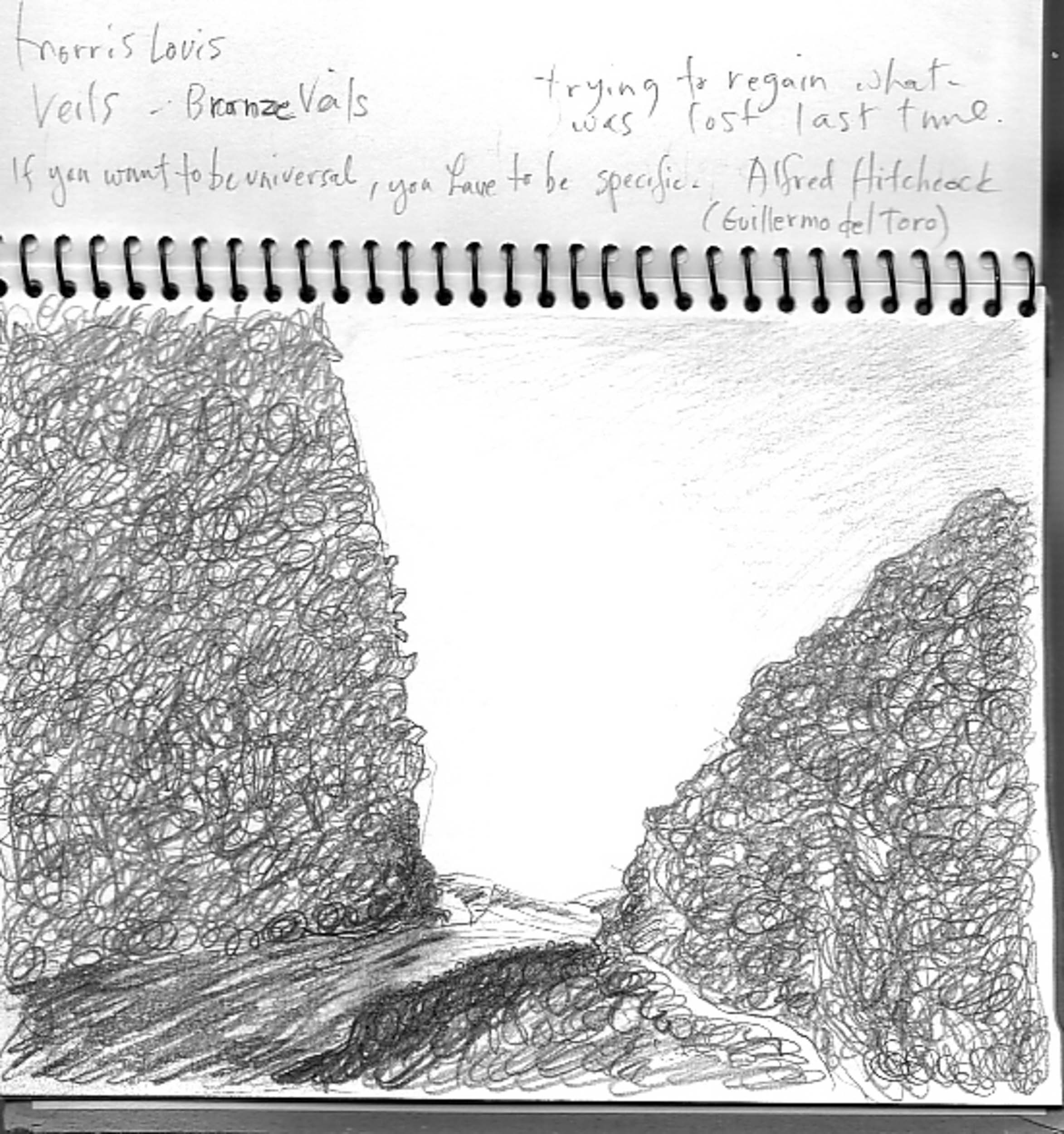Nude Descending A Staircase, No. 2 lives at the Philadelphia Museum of Art. They have No. 1 and No. 3 also. When I saw a tiny image of this painting for the first time, it communicated something important to me. That was in 1972, when I was nineteen. It has its own postage stamp now.
The US Stamp Gallery says this about it:
Nude Descending a Staircase, No. 2, by Marcel Duchamp
Marcel Duchamp, French Dada artist, whose small but controversial output exerted a strong influence on the development of 20th-century avant-garde art. Born on July 28, 1887, in Blainville, brother of the artist Raymond Duchamp-Villon and half brother of the painter Jacques Villon, Duchamp began to paint in 1908. After producing several canvases in the current mode of Fauvism, he turned toward experimentation and the avant-garde, producing his most famous work, Nude Descending a Staircase, No. 2 (Philadelphia Museum of Art) in 1912; portraying continuous movement through a chain of overlapping cubistic figures, the painting caused a furor at New York City\'s famous Armory Show in 1913.
He painted very little after 1915, although he continued until 1923 to work on his masterpiece, The Bride Stripped Bare by Her Bachelors, Even (1923, Philadelphia Museum of Art), an abstract work, also known as The Large Glass, composed in oil and wire on glass, that was enthusiastically received by the surrealists.
In sculpture, Duchamp pioneered two of the main innovations of the 20th century kinetic art and ready-made art. His "ready-mades" consisted simply of everyday objects, such as a urinal and a bottle rack. His Bicycle Wheel (1913, original lost; 3rd version, 1951, Museum of Modern Art, New York City), an early example of kinetic art, was mounted on a kitchen stool.
After his short creative period, Duchamp was content to let others develop the themes he had originated; his pervasive influence was crucial to the development of surrealism, Dada, and pop art.
Duchamp became an American citizen in 1955. He died in Paris on October 1, 1968.
I still can't explain in words what happened when I saw that little picture, but it made me feel fantastic, less lonely, more inspired. It was a beginning for me.
Walt Whitman (1819–1892). Leaves of Grass. 1900.
8. Beginning my Studies
BEGINNING my studies, the first step pleas’d me so much,
The mere fact, consciousness—these forms—the power of motion,
The least insect or animal—the senses—eyesight—love;
The first step, I say, aw’d me and pleas’d me so much,
I have hardly gone, and hardly wish’d to go, any farther,
But stop and loiter all the time, to sing it in extatic songs.
It's time to go to Philadelphia, and to read this book, Isabelle Fleuriet’s monograph The Grand Old Lady of Modern Art: Marcel Duchamp’s Nude Descending a Staircase.
Here's a write-up from Project Muse
Isabelle Fleuriet’s monograph The Grand Old Lady of Modern Art: Marcel Duchamp’s Nude Descending a Staircase deserves attention not only for its subject matter but also for the significance and achievement of the author writing this coherent and engaging text in English. The text we read is in its original form and, therefore, not a translation from an existing source; we can assume, of course that Fleuriet, a French art historian living in Paris, could produce an equivalent publication for the French reader with ease—but she hasn’t. So the decision to write and publish for Anglophone readers has a significance all of its own. Published under the imprimatur of Francis Naumann’s 57th Street Readymade Press, the collaboration between the French academic and the New York publisher comes together in a counterpoint with the story that Fleuriet unfolds. Duchamp’s painting, a misaligned byproduct of the tense interface between salon cubism and its Italian futurist rivals—which failed to find acceptance with either group—could nevertheless have only been painted (and then marginalized) at this particular juncture and time. Although the painting originated in pre-WWI Paris, its subsequent story, its rise in popularity and developing prominence from that time onwards is—for better or for worse—an American one. America made it famous, even eclipsing, at times, the name and standing of the artist himself. And so it is fitting that this book is primarily about the work and not about the artistic development of the man who made it. It is perhaps for this reason that Fleuriet’s narrative begins on March 18, 1912, when Duchamp removed his painting before the vernissage of the Indépendants exhibition, and not the day before when, already sensitive about his painting, he went to bizarre lengths to deliver it by boat, first unpinning the painting from its stretcher, rolling it up and then rowing it several kilometers to its destination. Notwithstanding, Fleuriet keeps to her self-appointed brief, and the solid accumulation of material is presented in a timely and methodical way. It makes a valuable contribution.
The success of Duchamp’s painting came at a price, however, for not only was the artist’s name obscured behind the notoriety of the work in the 1930s and early 1940s, but also the notoriety upon which it came to thrive occasioned a strange complacency about its status and standing. Its reputation, sporadically reinvigorated in news bulletins and puzzled reporting in the popular press, gradually elevated it to the status of a national treasure, competing for popularity and publicity at one point with celebrated strip-tease dancers as well as masterpieces by El Greco and Gainsborough. The New York Times put it on a par with the pyramids and the Empire State Building. Later on it would draw just enough xenophobic criticism from McCarthyite voices in Washington to sustain its radical credentials.
Meanwhile, in the very different environment of European painting, the French historian Robert Lebel began to prepare and eventually publish in 1959 his monograph Sur Marcel Duchamp, the first serious attempt to analyze the artist’s work in its entirety. This had the effect of pre-empting any attempts by [End Page 525] American historians who at this point, with all of Duchamp’s major works at their disposal in national collections, including, of course, the four versions of the famous Nude, had not put an estimation of the status of the artist who had come to stay with them into any historical or national context. When Duchamp’s first major retrospective took place in Pasadena, CA, in 1963, it was accompanied by the sensational razzmatazz of the septuagenarian artist outperforming a naked girl in a game of chess—a scenario that Duchamp was no doubt perfectly happy to go along with, but that also deflected attention away from a more complete understanding of his aims...
https://muse.jhu.edu/article/555705







































